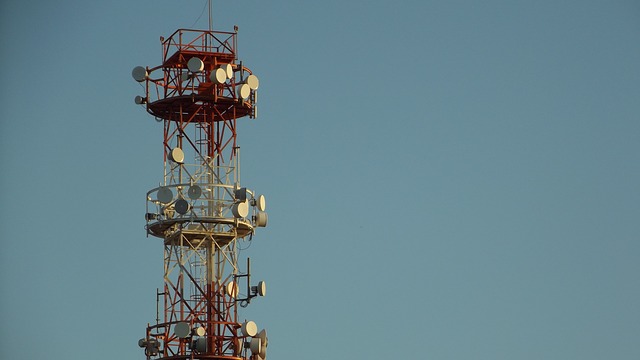While sold on the benefits of converting to Casambi, the most common concerns we hear from new customers as they stand on the precipice of their wireless lighting investment are…
As human beings, we love control and choice. In fact, we need to have a certain level of control and choice in our lives. The accelerating demand for smart products is perhaps connected to the discovery of this psychological value behind the IoT. As consumers, we’re investing in wireless smart health and fitness devices, remote home security, and automated heating systems. The data harnessed through the IoT can reveal inefficiencies ripe for exploitation while going wireless is all about collapsing distance and using technology to enable people to live richer lives with minimal environmental impact. Whatever can go wireless, will go wireless. Not least – lighting.



